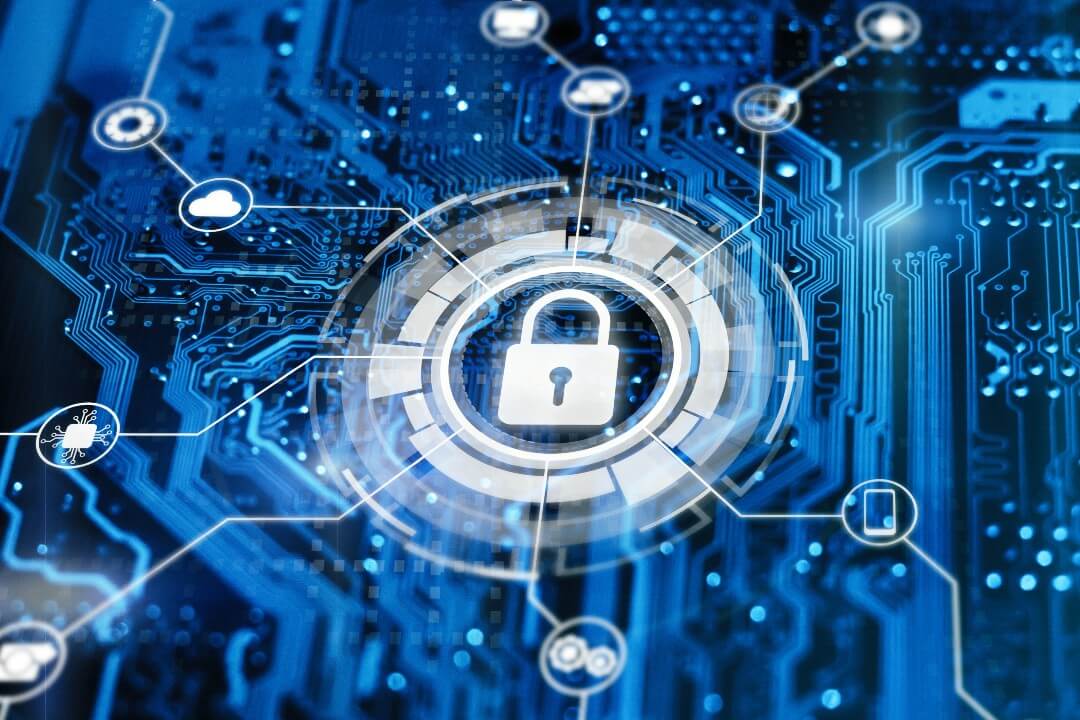The new 5G technology improves speed and reliability and unlocks several new possibilities. But 5G is a mostly software network. Building a 5G application with weak cybersecurity foundations is akin to building on sand. The rollout of 5G will require enterprises to overhaul cybersecurity approaches and practices.
1. Increase in access points
Conventional 4G networks are hardware-based, with a centralized hub-and-spoke design. Managing endpoints is easy in such a setup. 5G, in contrast, offers dynamic software-based systems. 5G networks invariably have thousands of traffic routing points. The number of network endpoints becomes too many and spreads out.
Integrated supply chains, often with third-party hardware, increase the vulnerability. Sophisticated endpoint equipment such as sensors and cameras add to the risks. The network invariably ends up with multiple unregulated entry points. The web of digital routers on the network makes choke point inspection and control difficult.
The increased bandwidth offered by 5G strains incumbent network monitoring set-ups. These deployments can no longer provide real-time updates, as they do with 4G networks that have limited speed and capacity.
Hackers exploit such complexities and vulnerabilities to launch dangerous attacks. To ward off threats in such a new reality, enterprises need to
- Continue with the basics. For instance, focus on cyber-hygiene as the first line of defense. Deploy strong encryption solutions to protect the data in traffic. Co-opt cybersecurity in the software development process as a design.
- Undertake broad asset inventory, with thorough device audits. Have standardized specifications across hardware and software.
- Perform comprehensive threat assessment of the ecosystem, as an ongoing activity. Identify the vulnerabilities and make investments to reduce cyber risk.
- Deploy advanced tools to monitor and manage all connected devices in real-time. Make thorough network scans for unauthorized shadow devices, periodically. Extend the traffic pattern analysis across the wider ecosystem.
- Adopt the zero-trust approach. Consumers of 5G services use shared spectrum, shared infrastructure, and shared networks.
- Update all devices regularly. Use automated solutions to keep pace with the sheer number of devices. Like all software-based systems, systems using 5G need regular updates and active management to ward off threats.
- Segment and protect the endpoints. 5G’s unified authentication framework improves endpoint security. It allows open and network-agnostic authentication using 4G, LTE, Wi-Fi, and cable networks. Edge protection proxy interconnects different networks to maintain data consistency, accuracy, and integrity.
- Segregate data. 5G’s network slicing capabilities allow segregating sensitive and generic data. Apply relevant security and privacy controls in the different slices.
Develop a comprehensive strategy that covers all bases. 5G security is only as strong as its weakest links.

2. IoT Related Threats
5G adoption will run concurrently with IoT adoption. The major reason for the muted adoption of IoT so far has been the limitations of current 4G networks to meet the bandwidth demands of IoT. 5G delivers increased capacity and energy efficiency at a fraction of the cost of 4G.
But IoT comes with its risks. IoT connects billions of everyday devices, from toothbrushes to coffee machines, and from electric vehicle charging stations to vacuum cleaners. A case of hackers breaching the network using a thermometer for a fish tank gained a lot of attention a couple of years ago. Such attacks will become commonplace as IoT adoption rises.
Many IoT devices, especially low-end devices, come with minimal or non-existent security measures. Hackers may easily breach networks through such devices. In 2016, hackers took control of low-cost chips in motherboards of video recorders and security cameras. The attack shut down a big part of the Internet. Consumers did not consider cybersecurity when they purchased their low-cost connected devices. With IoT, such situations can recur at larger and more devastating scales.
To safeguard against such threats, enterprises need to:
- Use complex passwords. Change default passwords on any IoT device. Low-cost devices that do not cater to changing the default password are best avoided in the interests of security.
- Test and evaluate the embedded systems and firmware in IoT devices.
3. Spectrum related challenges
5G comes with spectrum-related challenges, which compromise cybersecurity. Complexity is the enemy of security, and 5G is more complex than previous cellular technologies.
4G and LTE-based systems use network partition methods to limit cyber attacks. Subdividing networks using hardware preempts a single point of failure. When cybercriminals launch an attack, IT teams may quarantine the compromised node and limit the attack. 5G’s dynamic spectrum sharing makes network partitioning complex. 5G breaks data packets into “slices.” Each slice transmits over the same bandwidth, thus placing the entire network at risk.
Another challenge relates to frequency. In the US, pilots’ fear 5G could compromise aviation safety. The concern is the 5G frequency band and the aircraft’s radio altimeter frequency being close. The ad hoc solution of a 5G free buffer zone around airports is not a long-term solution.
Also, 5G uses short-range small-cell physical antennas, with each antenna a single point of control. Botnet and denial of service (DDoS) type attacks that target such antennas may bring down the entire network in the area.
The onus is on the 5G network operator to monitor and manage the radio access, core, and interconnect networks. Also, governments need to establish new regulatory paradigms that replace industrial-era compliance instructions. At the enterprise end:
- Use VPN when connecting to 5G.. 5G runs on multiple short-range, small-cell antennas. Many of these installations are low-cost, with weak security. Hackers may capture location traffic and cellular reception of traffic through such devices.
- Model network resilience. Test and measure the security and resilience of 5G networks. Use advanced simulation and emulation platforms to test the impact of a cyberattack and mitigate the threat.
- Deploy Artificial Intelligence and Machine Learning algorithms in network management. AI-powered cyber solutions learn and update, to keep pace with the dynamic nature of 5G architecture.
- Develop a new corporate culture that regards cyber risk as an essential corporate duty rather than the concern of the IT team. Reward such initiatives.
By 2030, the 5G ecosystem will be worth $8 trillion globally. Reaping the benefits depends on ramping up cybersecurity to meet the new challenges. Making proactive cybersecurity investments will help businesses dodge critical business disruptions.












